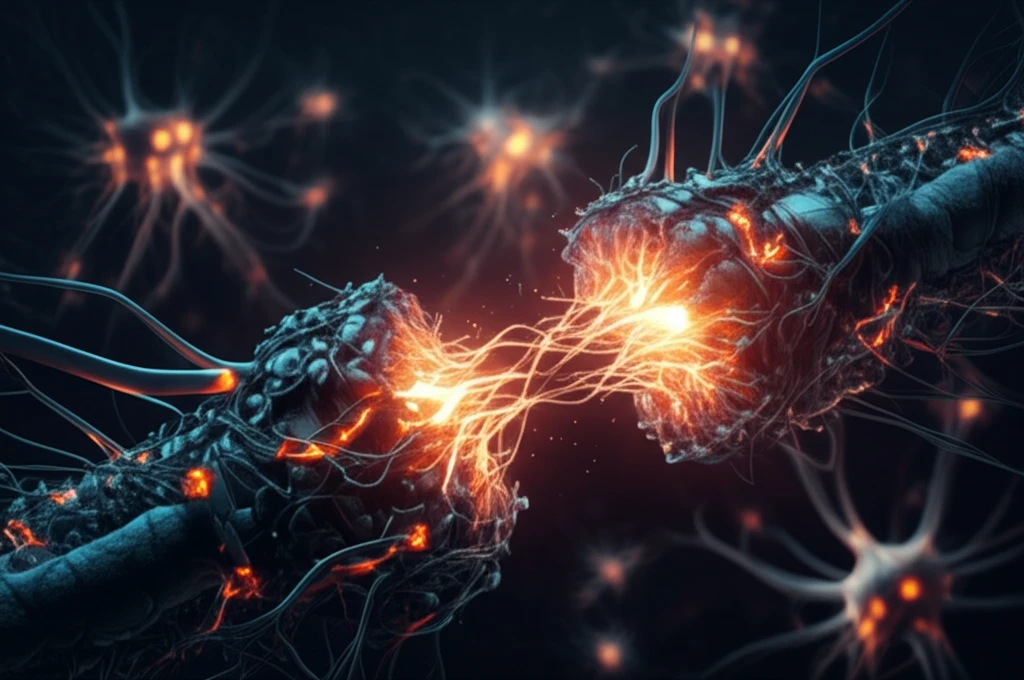
Spinal Cord Breakthrough: Can a Tiny Device Restore Movement After Paralysis?
"Revolutionary Micro-Mechanical Device Offers Hope for Complete Spinal Cord Injury Recovery"
Traumatic spinal cord injuries (SCI) can result in devastating loss of motor, sensory, and autonomic functions. While medical advancements have been made, recovery after a complete spinal cord injury remains extremely limited, even with elaborate treatments.
Now, a promising development is on the horizon. Scientists have engineered an implantable microsystem – a microconnector – designed for low-pressure re-adaptation of severed spinal stumps. This innovative approach aims to bridge the gap in the injured spinal cord, fostering regeneration and potentially restoring lost function.
This article delves into the groundbreaking research and the long-term outcomes of microconnector implantation following complete spinal cord transection in animal models. We'll explore how this device supports tissue regeneration, promotes cell invasion, and ultimately improves locomotor behavior.
How Does the Micro-Mechanical Device Improve Spinal Cord Injury Recovery?

The key to this new technology lies in its ability to re-adapt the severed spinal stumps. By bringing the damaged ends of the spinal cord into close proximity under low pressure, the microconnector facilitates a cascade of regenerative processes:
- Tissue Bridge Formation: The device encourages the formation of a bridge of tissue across the injury site.
- Cell Invasion: It supports the invasion of glial and vascular cells, crucial for tissue repair and nutrient supply.
- Axon Regeneration: The microconnector promotes the regeneration and myelination of motor axons, the nerve fibers responsible for transmitting movement signals.
- Restored Motor Function: These processes contribute to partial recovery of motor-evoked potentials, electrical signals that indicate motor pathway activity.
Looking Ahead: A New Era in Spinal Cord Injury Treatment?
These findings suggest that microconnector technology holds significant potential for fostering long-lasting functional improvement after complete spinal injury. This provides a new and effective tool for combinatorial therapies, opening doors to future advancements in spinal cord injury treatment and offering renewed hope to those living with paralysis.
